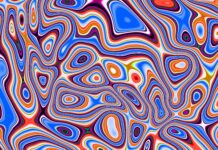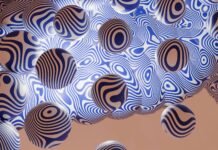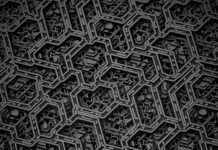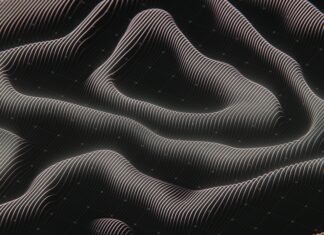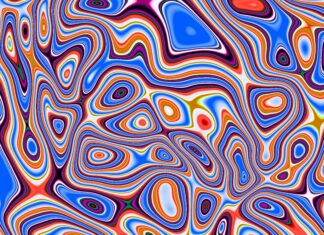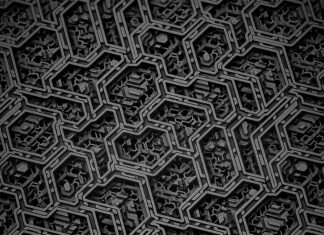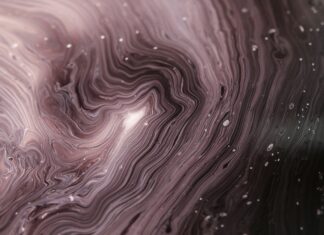Artificial Intelligence (AI) is already transforming multiple industries, but when it comes to luxury, the shift is both bold and nuanced. Understanding how AI will change the high-end fashion industry is no longer a futuristic concept—how AI will change the high-end fashion landscape is already visible in design houses, production floors, and exclusive customer experiences. From precision tailoring to digital stylists, how AI will change the high-end fashion ecosystem involves a fusion of data science, aesthetic intelligence, and hyper-personalization. Brands ignoring how AI will change the high-end fashion may soon fall behind competitors who are embracing its full potential.
1. Hyper-Personalized Shopping Experiences
AI enables luxury brands to move beyond basic customization into truly hyper-personalized shopping. Using advanced machine learning algorithms, brands can analyze a customer’s purchase history, browsing patterns, body type, and even lifestyle preferences to create bespoke suggestions. High-end fashion houses now employ virtual stylists powered by AI to tailor entire wardrobes, offering recommendations that reflect seasonal trends and personal taste.
This level of personalization has also extended into physical retail, where AI-powered smart mirrors allow shoppers to try on clothes virtually and receive real-time feedback. This creates a seamless bridge between online convenience and offline luxury.
2. Predictive Analytics for Trend Forecasting
In the high-stakes world of luxury fashion, staying ahead of trends is essential. AI tools mine massive datasets from social media platforms, fashion blogs, global runway shows, and customer feedback to spot emerging patterns.
Unlike traditional forecasting methods, AI delivers predictive analytics with greater speed and accuracy. Brands like Burberry and Gucci already utilize AI to understand what colors, fabrics, and cuts will be in demand months in advance. This reduces inventory waste, increases efficiency, and ensures that each collection resonates with its target demographic.
3. Intelligent Fabric Innovation
The fusion of AI and material science has led to the development of smart fabrics and eco-conscious textiles. High-end designers are using AI to simulate the feel, weight, and drape of materials before committing to production. This not only streamlines prototyping but also promotes sustainable practices.
For instance, AI-driven platforms can recommend fabric alternatives that maintain quality while reducing environmental impact. Brands like Stella McCartney use AI to create materials that mimic animal leather without the cruelty or cost, preserving the brand’s high-fashion aesthetic.
4. Revolutionizing Design Processes
Designers are now partnering with AI systems that generate hundreds of pattern and silhouette options in seconds. By using generative adversarial networks (GANs), AI models are capable of synthesizing inspiration from decades of fashion history to create futuristic yet familiar designs.
Although AI doesn’t replace human creativity, it amplifies it. Designers like Iris van Herpen and brands like Tommy Hilfiger are pioneering this collaborative creativity, ensuring that the output reflects both innovation and luxury craftsmanship.
5. Supply Chain and Inventory Optimization
Luxury fashion typically struggles with overproduction or understock due to seasonal fluctuations and exclusive demand. AI helps optimize supply chains and inventory through real-time analytics. Smart warehousing systems integrated with AI forecast demand with higher precision, reducing surplus stock and increasing profit margins.
For example, Chanel has employed AI to streamline its global logistics, ensuring the right styles and sizes are delivered to the right boutiques, enhancing customer satisfaction and operational efficiency.
6. Advanced Visual Search and Style Recognition
AI-based visual recognition tools allow customers to upload photos or screenshots of garments they admire and receive near-identical matches from high-end collections. Platforms like Vue.ai are helping luxury retailers implement this tech to capture and convert impulse shopping behavior.
Additionally, AI can analyze a user’s wardrobe through visual input and recommend high-end fashion items that complement their existing pieces, thereby enhancing cross-selling opportunities.
7. Sustainable Fashion with Data-Driven Precision
AI is a game-changer in aligning luxury with sustainability goals. By predicting demand, optimizing raw material use, and minimizing waste in production, AI ensures a lower carbon footprint. AI also helps track ethical sourcing of fabrics and labor compliance.
Brands like Prada and Louis Vuitton are investing in AI tools that assess sustainability metrics across their supply chain, aligning their elite status with modern consumer values.
8. Virtual Fashion Shows and AI-Enhanced Runways
As digital experiences grow in relevance, luxury brands are leveraging AI to create immersive virtual fashion shows. These AI-enhanced events incorporate 3D modeling, CGI models, and AI-assisted choreography to create captivating digital runways that extend the brand’s reach globally.
Brands such as Balenciaga and Dolce & Gabbana have pioneered this shift, reducing the logistical costs of physical shows while still delivering exclusivity and prestige.
9. Fraud Detection and Authenticity Verification
The high-end fashion sector suffers from counterfeiting challenges. AI tools now enable advanced authentication mechanisms by examining fabric texture, stitching patterns, and serial numbers through computer vision and blockchain technology.
Startups like Entrupy are using AI-based imaging to help luxury retailers and resellers guarantee product authenticity, protecting both brand reputation and consumer trust.
10. AI-Powered Customer Relationship Management (CRM)
Luxury fashion thrives on exclusivity and relationships. AI-powered CRM systems analyze customer behavior to tailor communications, gifts, and VIP access to events. This ensures that loyal clients feel recognized and valued.
For example, AI helps segment customers by lifetime value and design personalized marketing campaigns that drive long-term engagement. Cartier and Hermès have begun integrating such systems into their retail strategy.
Final Thoughts
The evolution of how AI will change the high-end fashion sector is not a passing trend—it’s a seismic shift that combines art, technology, and commerce. From AI-curated collections to virtual runways and personalized styling, the luxury market is being redefined. Understanding how AI will change the high-end fashion landscape is crucial for designers, retailers, and consumers alike who wish to remain ahead in an industry that prizes innovation and exclusivity.
AI is not replacing creativity; it’s empowering it. The brands that learn to co-create with AI will not only survive but thrive. As the industry continues to adopt smarter systems, it’s essential to keep these ten insights in mind to fully grasp how AI will change the high-end fashion industry in the years to come.
Luxury fashion thrives on exclusivity and relationships. AI-powered CRM systems analyze customer behavior to tailor communications, gifts, and VIP access to events. This ensures that loyal clients feel recognized and valued.
For example, AI helps segment customers by lifetime value and design personalized marketing campaigns that drive long-term engagement. Cartier and Hermès have begun integrating such systems into their retail strategy.






